#INTERVIEW: Buccellati, Prince of Goldsmiths
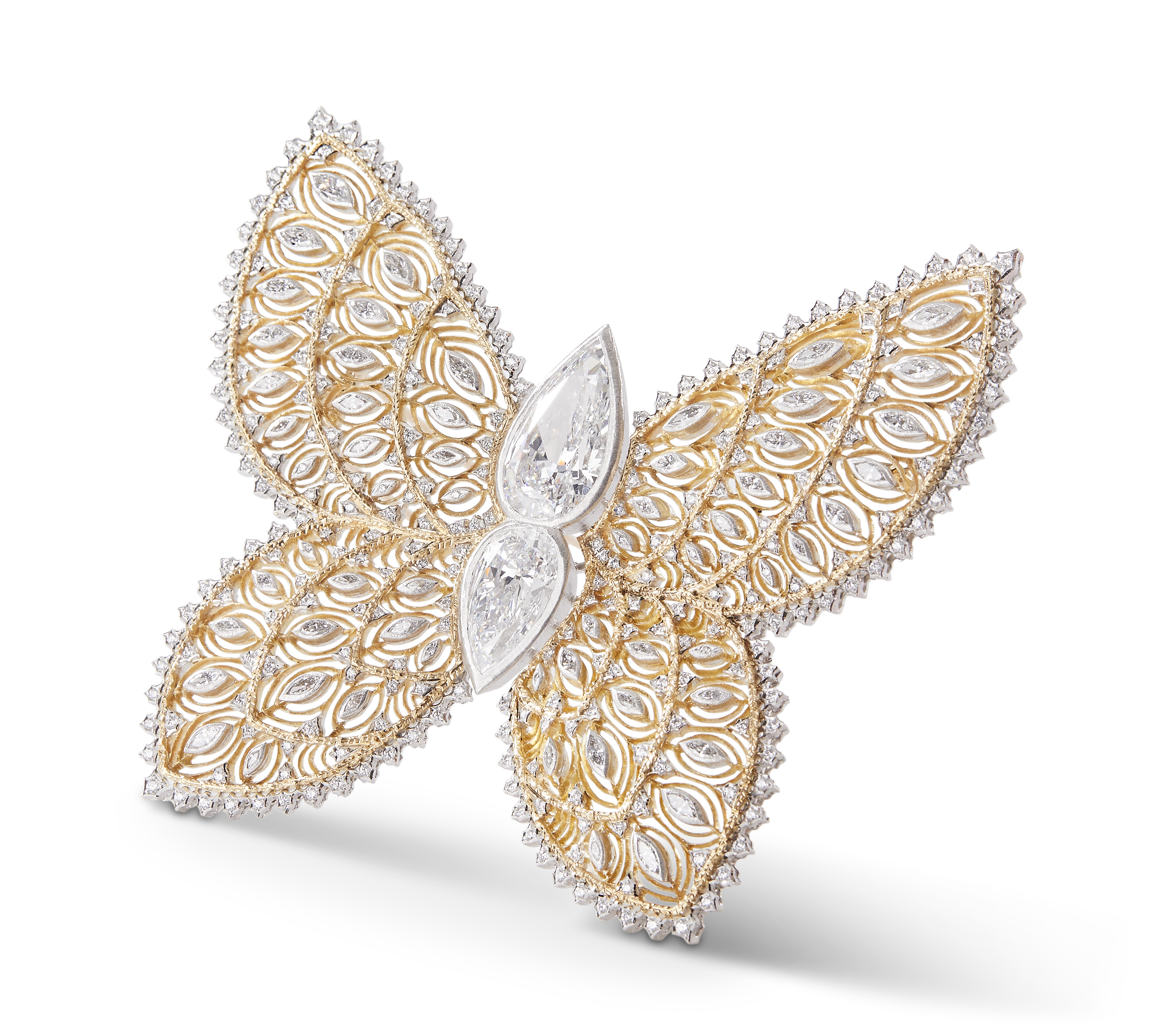
March 11th 2024, New York, Milan, Venice. The Buccellati family is so cosmopolitan that gathering them all together at the same time is an almost impossible mission as they reside in different parts of the world and constantly travel across the globe. However, what unites them—and what is truly fascinating about this family, perhaps the most prestigious one in the jewellery world —is their style and sense of unity. Despite living far apart, they are connected in many ways. There is something about their bond that emerged during my interview with Andrea Buccellati (President and Creative Director of Buccellati) and Lucrezia Buccellati (Co-Creative Director of Buccellati) that is truly captivating and makes this family magnetic. This unique yet generational bond is evident in their style: immediately recognisable and exquisite. In one word: Buccellati.
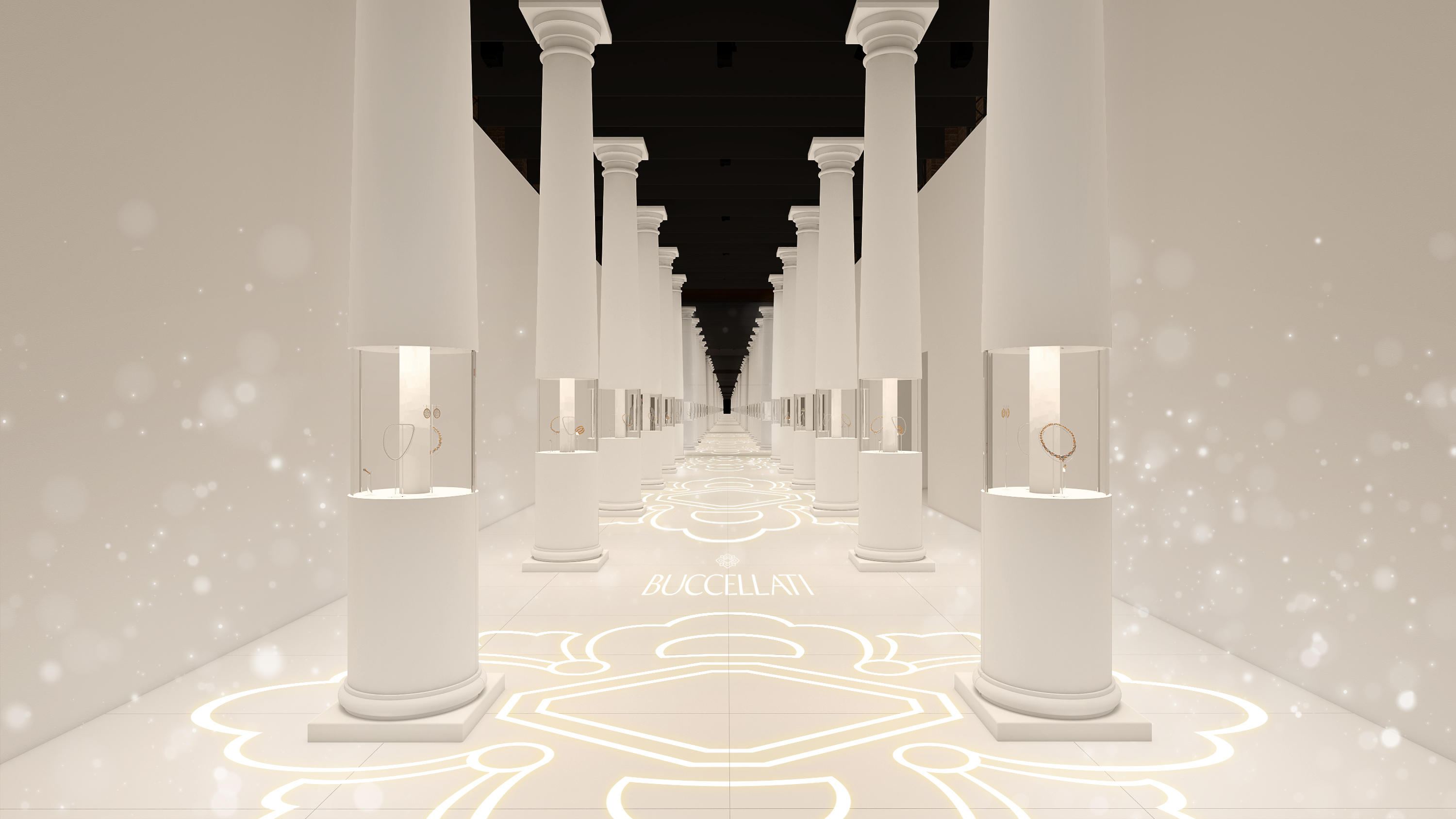
This interview is prompted by the inauguration of the exhibition “The Prince of Goldsmiths, Rediscovering the Classics,” a significant retrospective that delves into Buccellati's heritage, history, and craftsmanship. Hosted in Venice at the spaces of Oficine 800 on the Giudecca Canal from April 18 to June 18, 2024, the exhibition provided me with the opportunity to interview Andrea and Lucrezia. As father and daughter, they share a profound relationship not only within their family but also as teacher and student in the art of goldsmithing, an art that can only be passed down through generations. This mutual bond and their expertise in goldsmithing shaped our discussion, which explored not only the exhibition but also the enduring connection between them, a connection that deeply influences the brand.
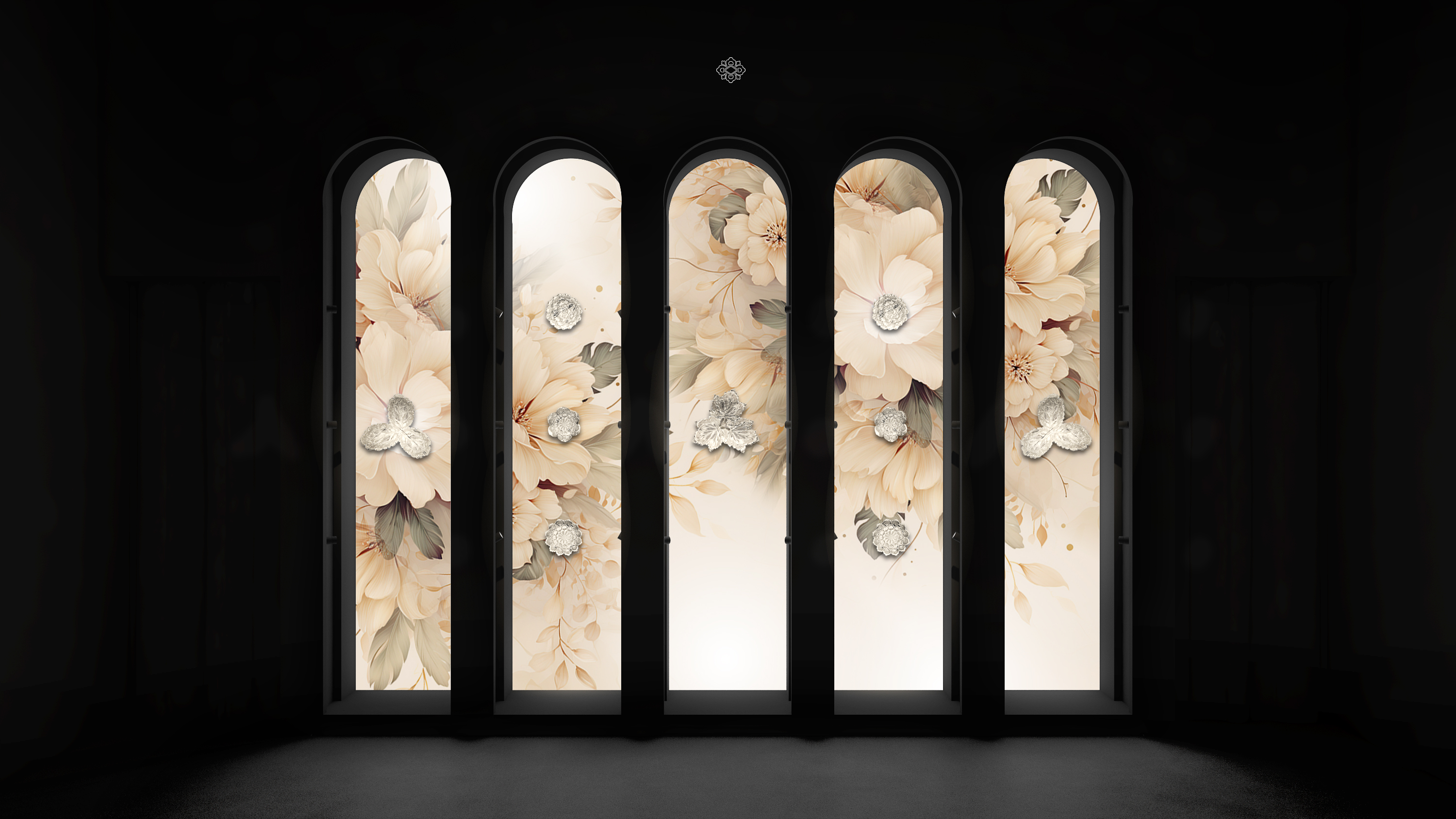
The exhibition is named after Mario Buccellati, who was called the “Prince of Goldsmiths” by the influential Italian poet Gabriele D'Annunzio in 1939 and is divided into four sections: “The Generations," “Elegant Gallantries,” “Silver Masterpieces,” and “Icons.” Each section analyses a specific theme dear to the Maison's heritage and future. As Andrea Buccellati has stated, "the classics offer the pleasure of rediscovery, evoking worlds of beauty, elegance, art, and nature beyond time. Reinterpreting them means reinterpreting millennial traditions, materials, and forms with an always up-to-date look. This is the aim of the exhibition, which becomes for us an even more precious moment as it is hosted in the evocative setting of Venice. The classics are a bridge thrown between the past and the future and are also evidence of an original style to be perpetuated in times to come."
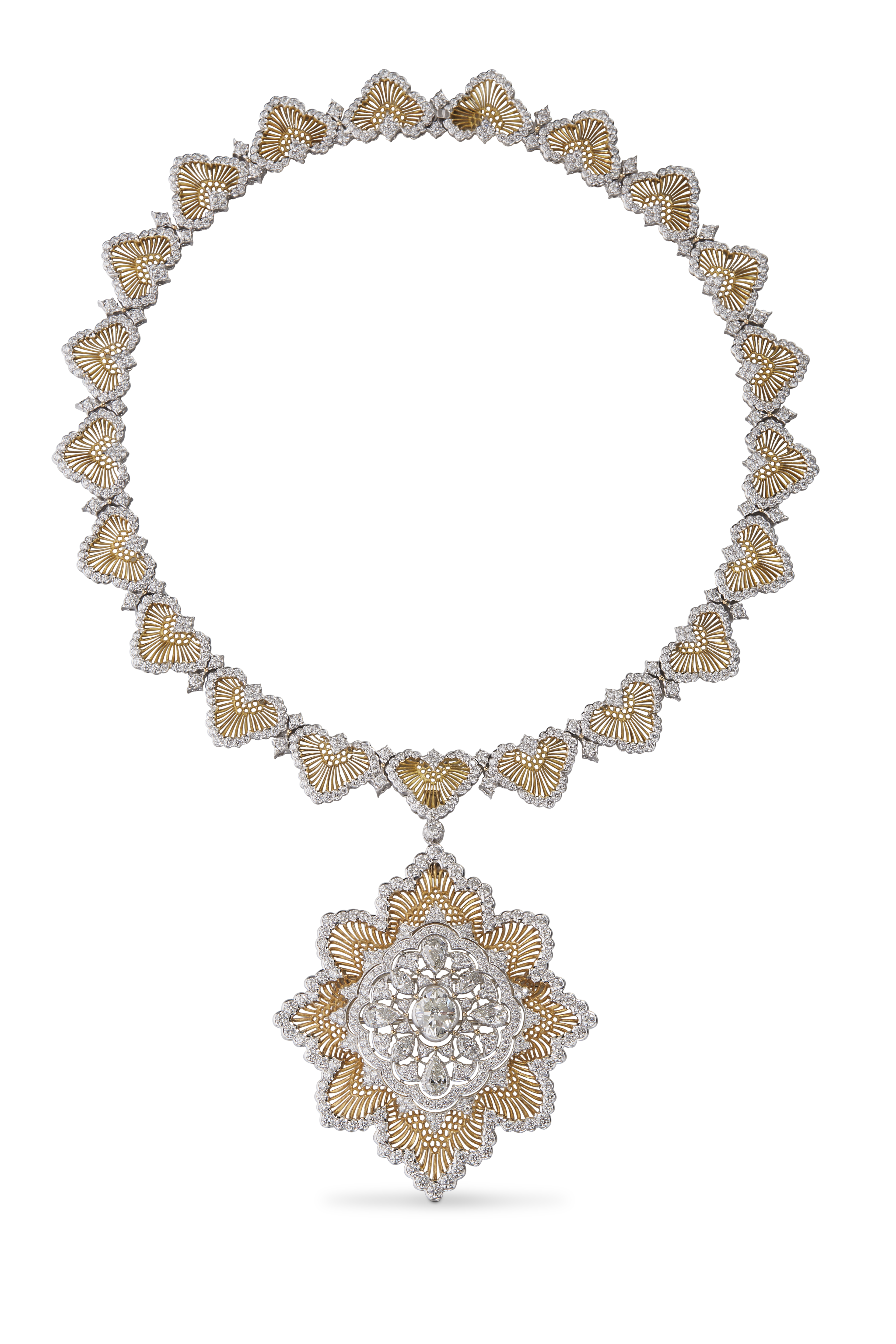
“This exhibition was a natural passage that will allow anyone to understand and dive into our unique story.”
— Andrea Buccellati
When asked to define the key concepts of the exhibition "classic," "time," and “Buccellati”, Andrea replies: “In the discourse of style, 'classic' denotes a steadfastness that endures over a century, a signature that remains unaltered. This enduring style, referred to as classic, embodies a timeless quality that transcends fleeting trends and fashion canons. Conversely, ‘time’ and ‘timeless’ jewellery represents a form of adornment that defies the ebb and flow of fashion, remaining perpetually wearable and relevant. In this regard, ‘Buccellati’ emerges as a paragon of this ethos, built upon a foundation of unparalleled craftsmanship and unwavering uniqueness. For over a century, Buccellati has maintained its aesthetic and production principles, remaining steadfast in its commitment to preserving its distinctive style. Despite this adherence to tradition, Buccellati has also demonstrated a capacity for evolution, adapting within the confines of its own aesthetic framework. As the years pass, Buccellati continues to captivate and inspire, reaffirming its status as a beacon of timeless beauty in the ever-changing landscape of jewellery and craftsmanship.”
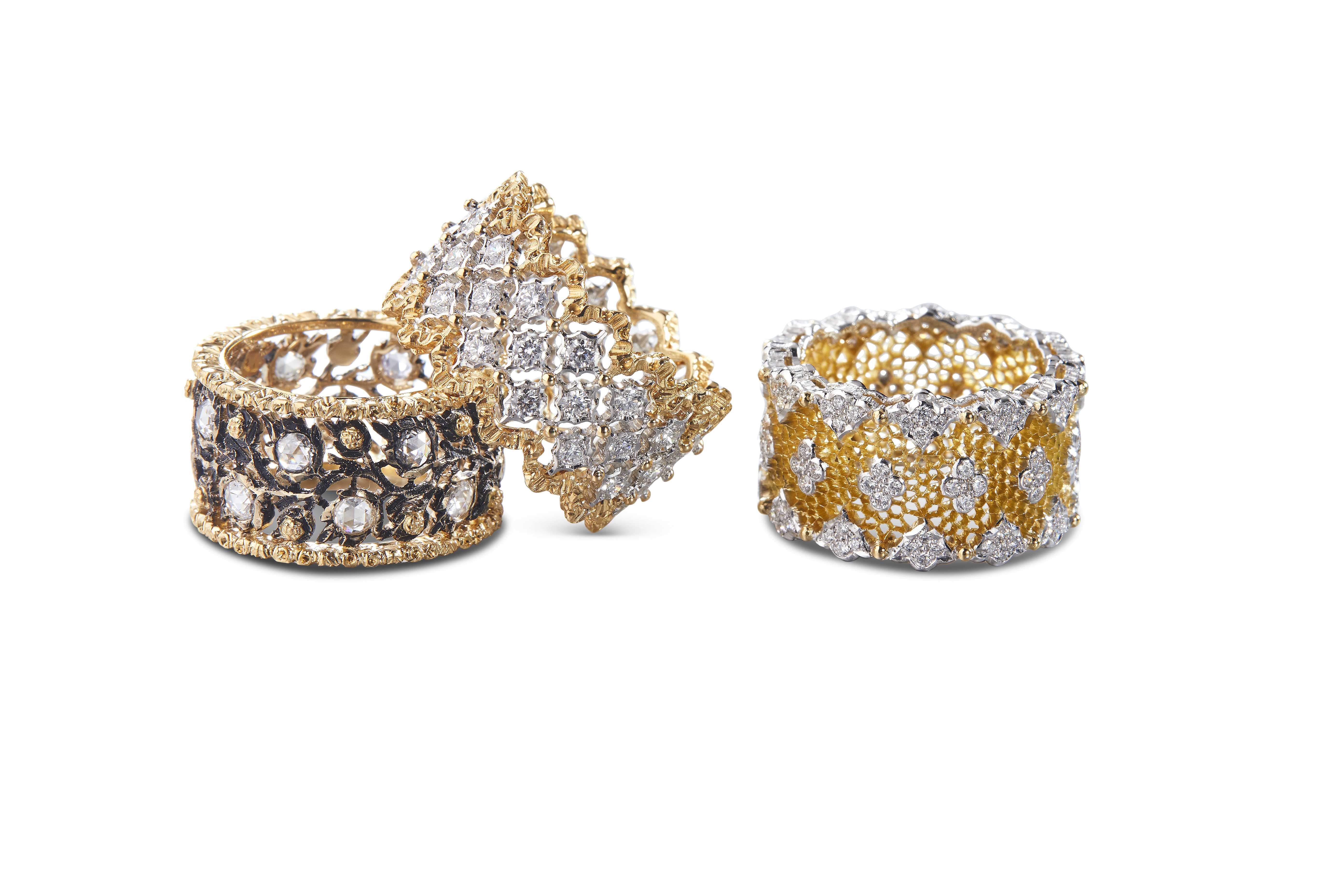
What is the piece of jewellery or object d’art on display in the exhibition that you like the most, but also have a personal or emotional connection to? And why?
Andrea Buccellati: There isn't just one. As a professional, each object I create is important in its own way, reflecting different crafting techniques and showcasing Buccellati’s ability to create technically challenging pieces. So there isn't a particular piece on display that I like more than the others.
Lucrezia Buccellati: Yes, it's the piece I designed, a Tulle High Jewelry piece that will be showcased at the Biennale, reflecting my generation and my contribution within the Buccellati legacy. It's somewhat historic to create a piece exhibited at the Biennale. I collaborated closely with my father, maintaining constant contact with him, focusing on the movement and balance of every millimetre of it. My father provided significant assistance in the creation process, yet the piece still embodies my vision for Buccellati in its fourth generation.
The exhibition seems to symbolise “a still point,” showing a new path for the Maison.
Andrea Buccellati: Through this exhibition, we showcase the evolution and workmanship of the Buccellati world which has allowed us to stay true to our principles and carry forward the unmatched craftsmanship that defines the brand for over a century. For this reason, this exhibition was a natural passage that will allow anyone to understand and dive into our unique story.
One of the key aspects of the exhibition is the importance of generations and the theme of generational transition.
With a bright gaze, Andrea responds: Yes, indeed. For Buccellati, the generational change has been fundamental, essential even. Passing the baton from one family member to another within the company is necessary to ensure that the style remains unique, distinctive, and loyal to its roots. Buccellati is always recognisable and hopefully will be forever. What's interesting, though, is that generational transition isn't just about leadership; it also extends to the artisans who have passed down their Buccellati crafting techniques to their children. It's a tandem effort, involving both ownership and craftsmanship. The engraving and modelling techniques we employ today are the result of these generational passages that began with Mario, then Gianmaria, continued with me, and now with Lucrezia. Generational change has been crucial, not only for our family and my generation but also for future generations. The company is prominent, employing over 100 people, and the children of artisans whom we taught to work are highly valued. It's like an eternal circle of life: an internal school of arts and crafts where new generations are introduced to the company. What was beautiful about a reality like this, when I started, sneaking into the workshops to learn the goldsmith's craft, was the close bond that developed between me and the artisans. It's this symbiotic relationship between ownership and skilled labor that has ensured that even today, the savoir-faire and style of Buccellati remain unchanged, albeit adapted to the modern times.
However, even though the exhibition mainly focuses on Buccellati's heritage, the vision for the company's future by Lucrezia, Co-Creative Director of Buccellati, is very clear: “My vision is to continue this very important heritage. To preserve it over time and perhaps, reach the second centenary. All of us in the Buccellati family have been like guardians of our style, which we have maintained and will continue to maintain, evolving it over time while simultaneously preserving techniques and designs to meet contemporary challenges. A clear example will be in Venice, where I have reimagined the Tulle collection in a different way, yet still maintaining our style. In the short term, however, my vision is to create more versatile jewellery collections. We are working hard on making our most iconic lines, designed by my grandfather, more wearable and contemporary. I remember when I first joined the company, I relaunched the Blossom line in a current and absolutely wearable key, all in silver, and it has been a huge success due to its versatility, but still consistent with the company's DNA. The real surprise, however, will be unveiled in Venice, where I have worked on a unique piece that represents Buccellati of the fourth generation: seeing is believing.“
Focusing on the generational passage of the Buccellati family, especially on their bond, here is what they have to say.
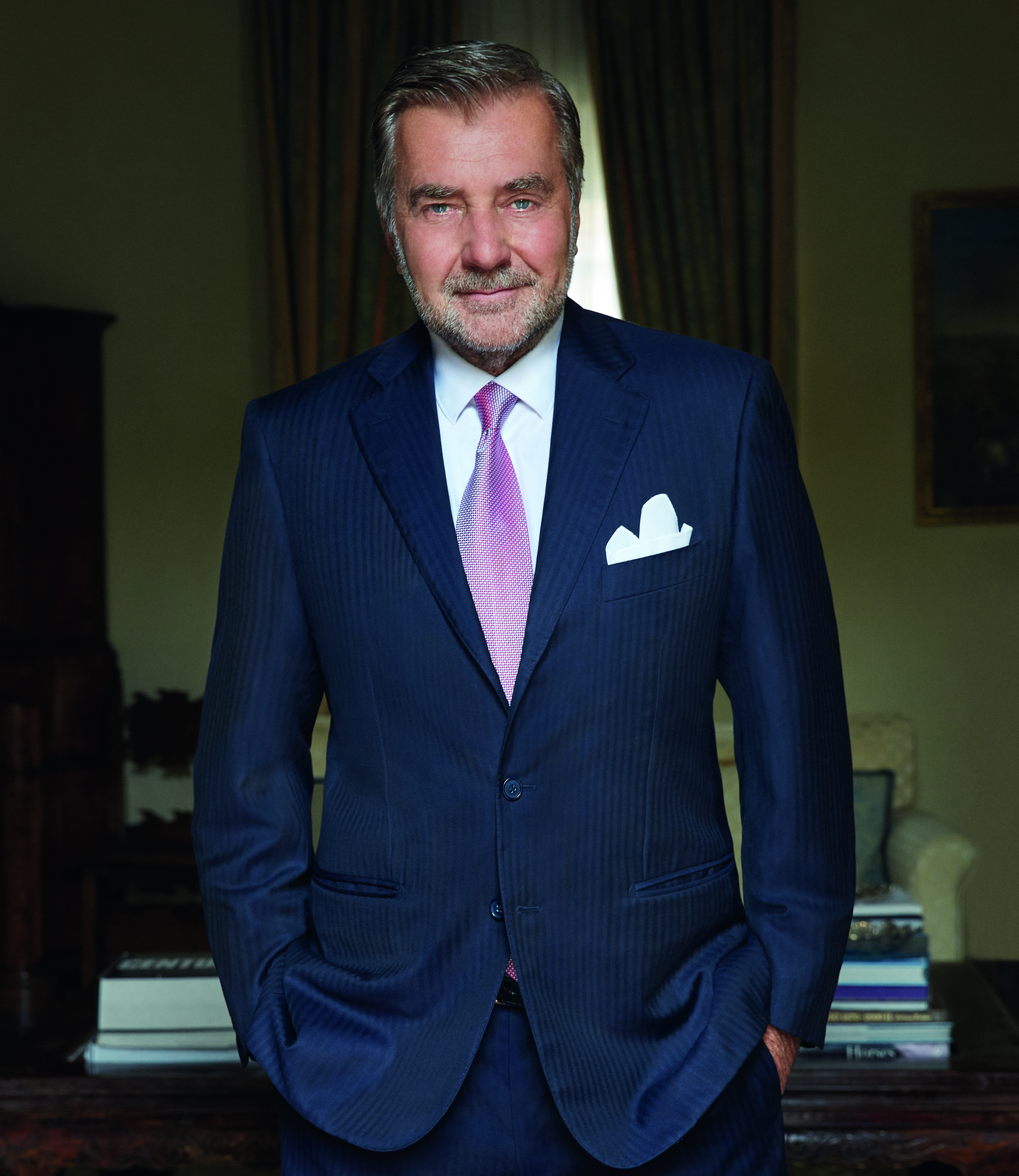
What did your father teach you? And your daughter? And what do you think you have taught them?
Andrea Buccellati: My father taught me everything about this craft. I absorbed a thousand things, the trade, the techniques, the design, the style. From my daughter, on the other hand, I learned a younger and fresher way of designing jewellery. I strive to create the most sophisticated jewellery but my daughter told me many times that also if the piece was beautiful it wouldn’t be worn as too heavy for a woman or too sophisticated to be worn on a daily basis. Lucrezia is a maestro in evaluating and bringing things that are easier, more suitable for the younger generation. With my father, I didn't teach much to him, rather I shared his knowledge and passed it on to me and to future generations. The style, the design, the respect for the artisan, and the listening to them, all those are core values of the Buccellati maison that I have learned from my father and that I taught to Lucrezia.
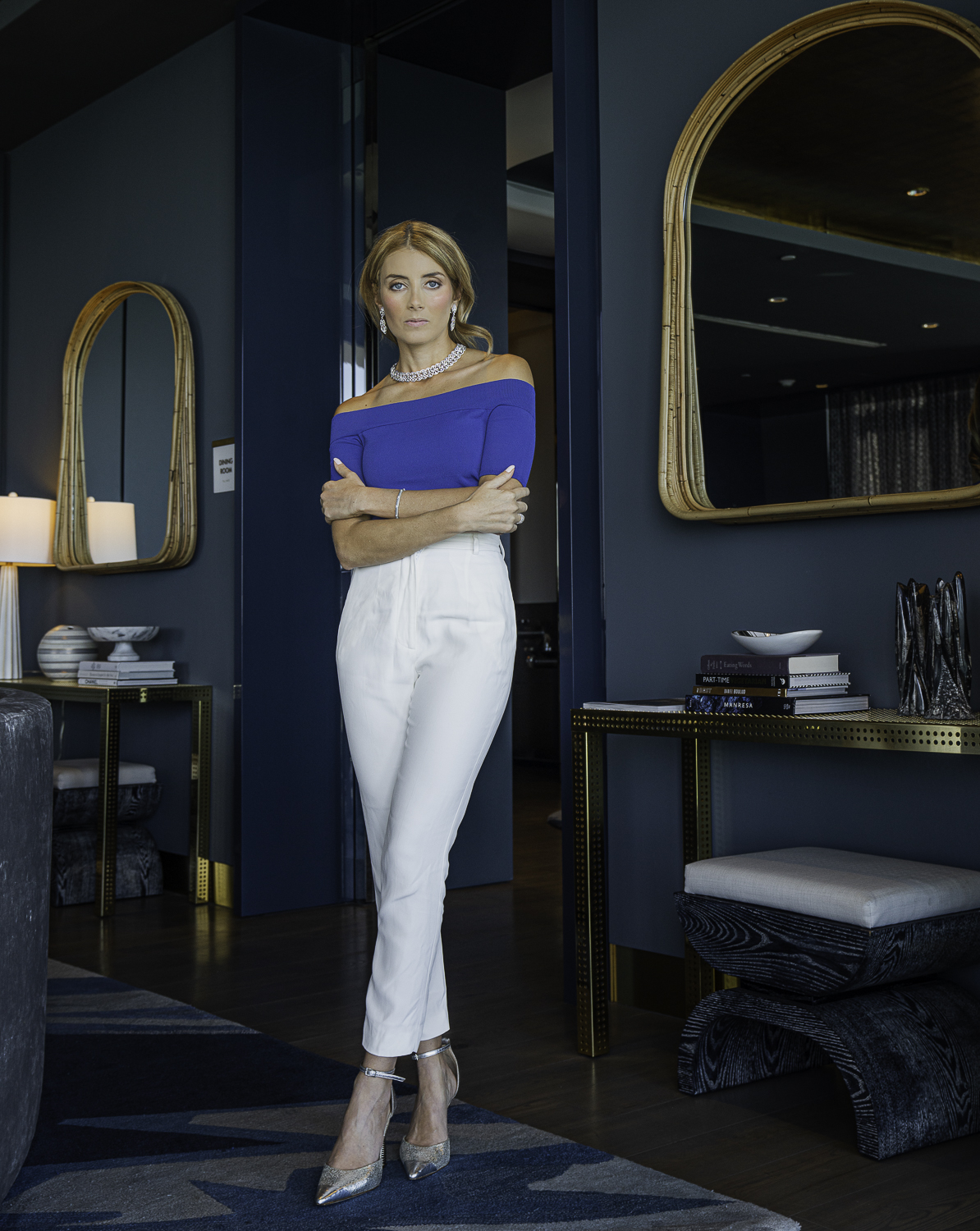
What did your father teach you? And your grandfather? And what do you think you have taught them?
Lucrezia Buccellati: Unfortunately, I didn't spend much time with my grandfather Gianmaria because when I joined the company, he was close to retiring, and I was living in the United States, so we didn't have much professional contact. Still what he taught me was his perspective, how he was inspired and his appreciation for baroque pearls and stones. He had a vision of what to create, turning nothing into something unique. I observed him more as a spectator. He was like a Cellini of our times. In the later years of his life, my grandfather tackled impossible pieces, leaving a mark on his own history and on the history of the maison. From my father, I learn a lot, even now. We are different but very similar. He focuses on precision, details, while I see myself more like my great-grandfather Mario, creative and innovative in interpretation. He sometimes says something can't be done, but when we work on it together, something timeless always emerges. An example was the necklace Due Vasi di Fiori part of the Art High Jewellery Collection, where I wanted to reinterpret the impressionism of paintings by famous painter Pierre Bonnard. Dad said it wasn't possible, but with a few adjustments, we made it work. We learn from each other; he teaches me technical basics, and I help him to experiment. Even the closures of the necklaces, normally visible, become invisible. It's a constant learning process. On the other hand, I think I've taught him to be more open to other options, to experiment more. Being the first woman in the company, I think about practical aspects while he focuses more on the external image.
“We learn from each other; he (my father) teaches me technical basics, and I help him to experiment.”
— Lucrezia Buccellati
In terms of generational transition, what would you like to pass on to your grandchildren, and which skill of Lucrezia's would you like them to acquire? And why?
Andrea Buccellati: It's a bit difficult. There is one of Lucrezia’s children who has a great passion for drawing, and I hope he inherits the passion and artistic drive also in the jewellery making and design process. It needs to be nurtured-the experience, the desire, and the love for this craft. I would love that Lucrezia, once she finishes her training, will be able to pass all of what she has learned to a grandchild.
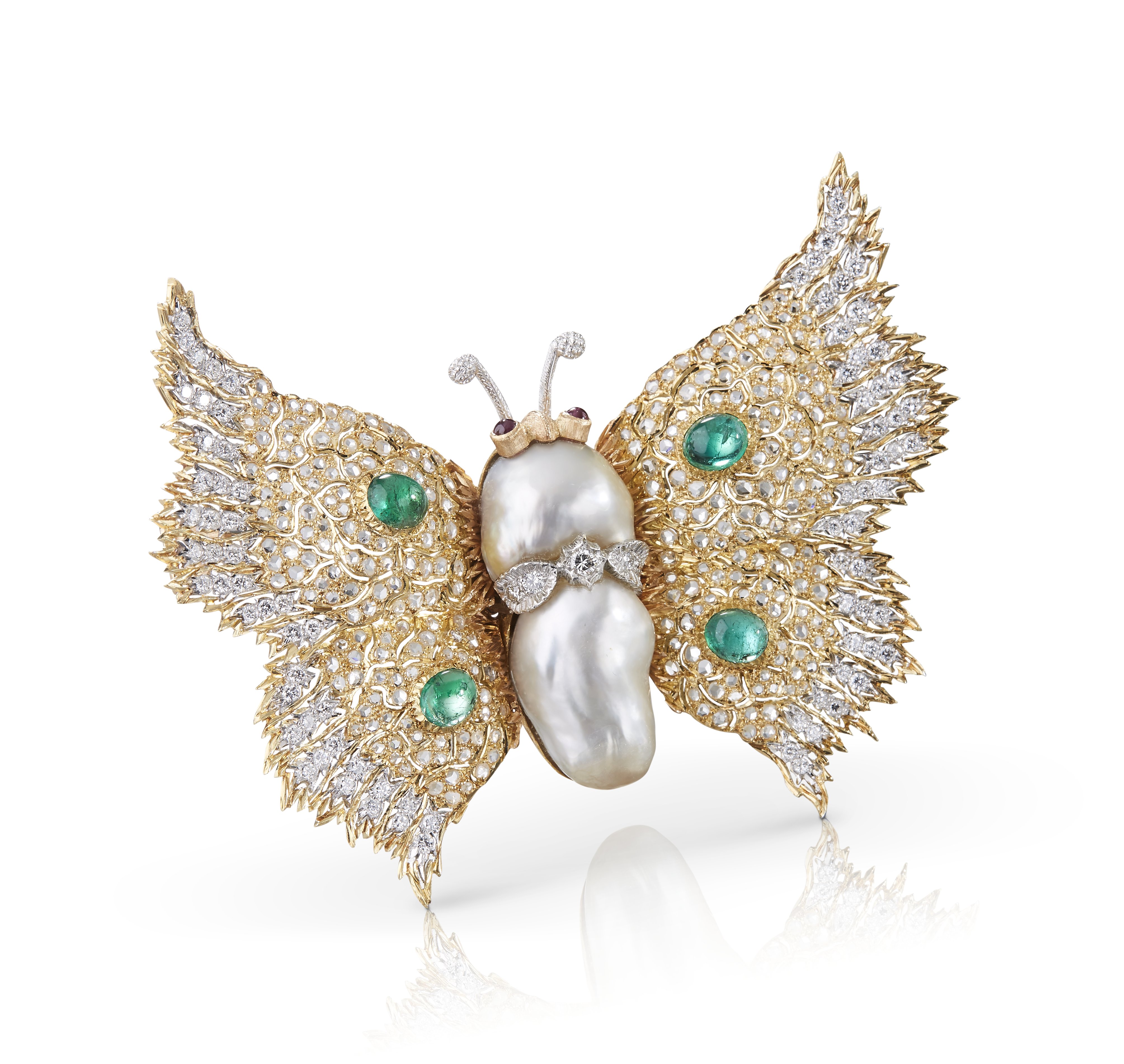
In terms of generational transition, what would you like to pass on to your children, and which trait of your father Andrea would you like them to acquire? And why?
Lucrezia Buccellati: As a member of the fourth generation, I see myself as the voice of Buccellati and the interpreter of the brand. My great-grandfather Mario and grandfather Gianmaria covered the creative aspect, with three children including my father. The family member inheriting this way of interpreting the brand is my youngest son, who is more obsessive, even though he already knows how to recognise jewellery, especially Buccellati’s jewellery. In order to inherit it, it has to be a passion without any constraints and I hope my youngest will be the one taking over the Buccellati reign. He already exhibits this obsessive precision. In my opinion, it's innate in him. We don't teach him how to draw, but if he tries to draw something other than Buccellati, that will be great and if and when the time comes, I would advise him to go and work for someone else, as I wish I did when I was younger.
To conclude, with you Lucrezia, with your modern eye, what are, in your opinion, the three items (both clothing and accessories/jewellery) that should not be missing in the wardrobe of both a man and a woman?
Lucrezia Buccellati: For a woman, I think of a dynamic, independent woman, so essential items include timeless pieces like a blazer, elegant trousers or jeans, and an impeccable tailored silk dress. Additionally, accessories such as Buccellati’s Macri bracelets and Hawaii earrings are must-haves. For a man, a suit, a linen shirt, and an impeccable tailored blazer are indispensable for a timeless and dynamic look. Additionally, a black Buccellati Macri bracelet and a unique watch complete the essentials in a man's wardrobe.
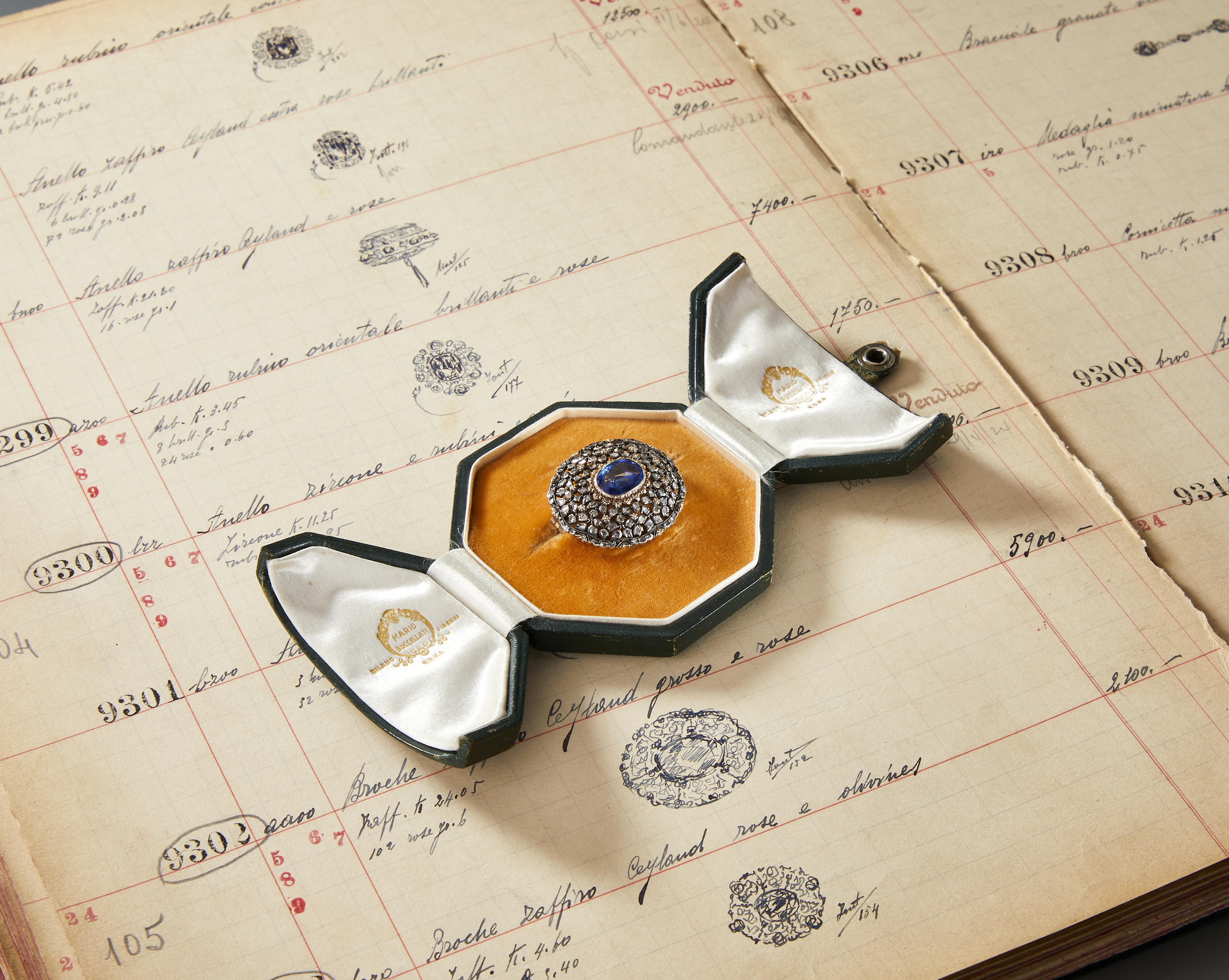
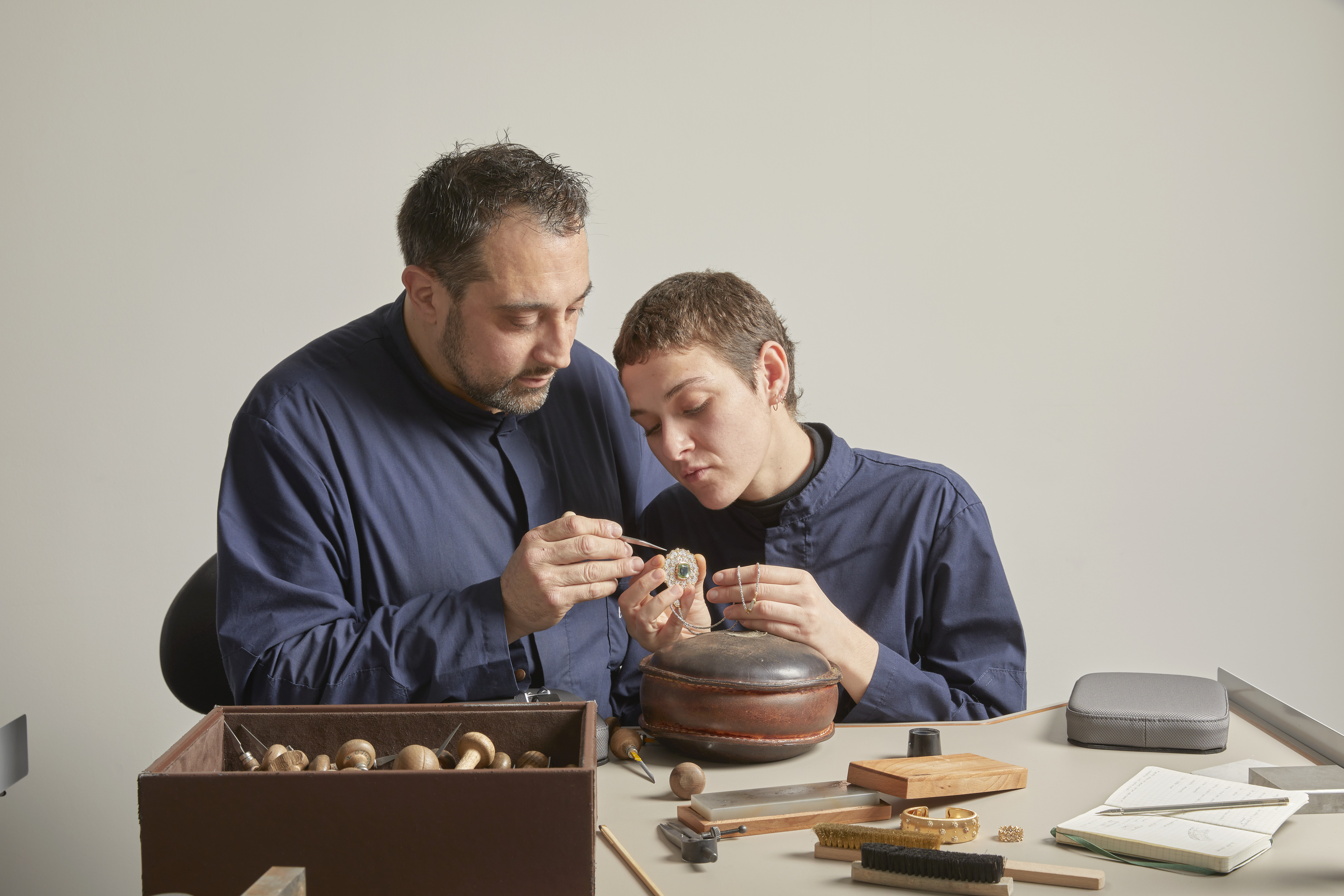
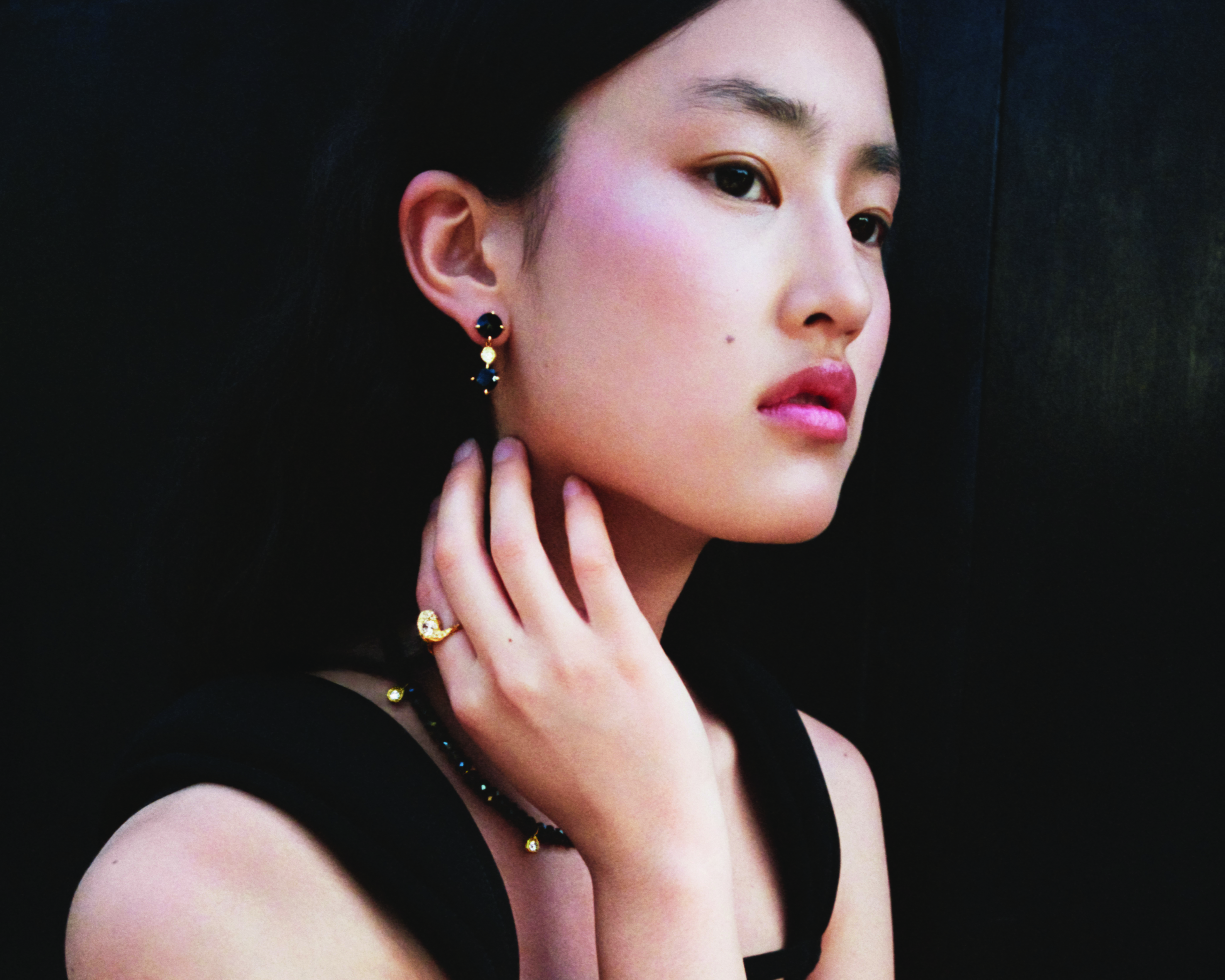
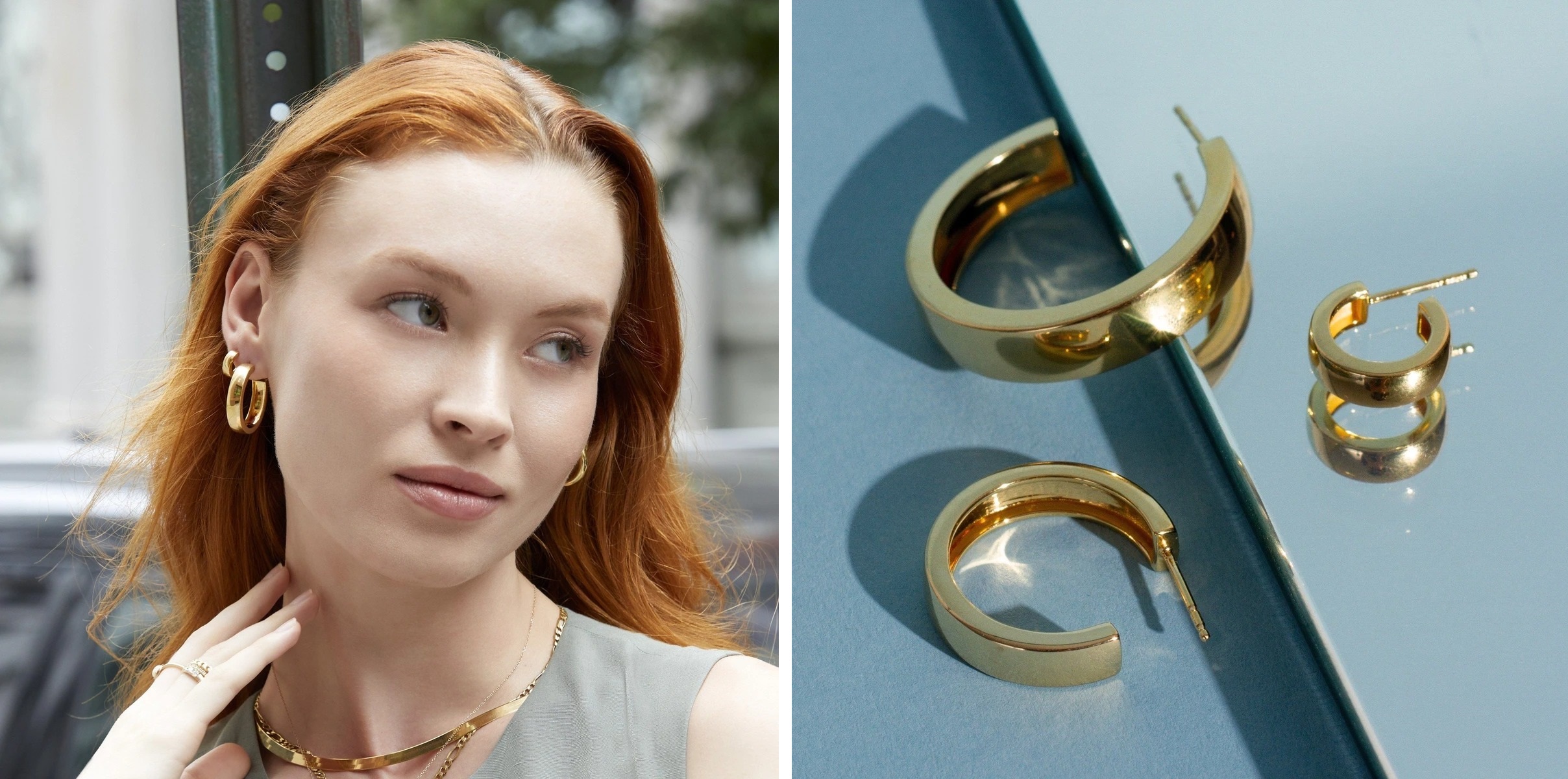
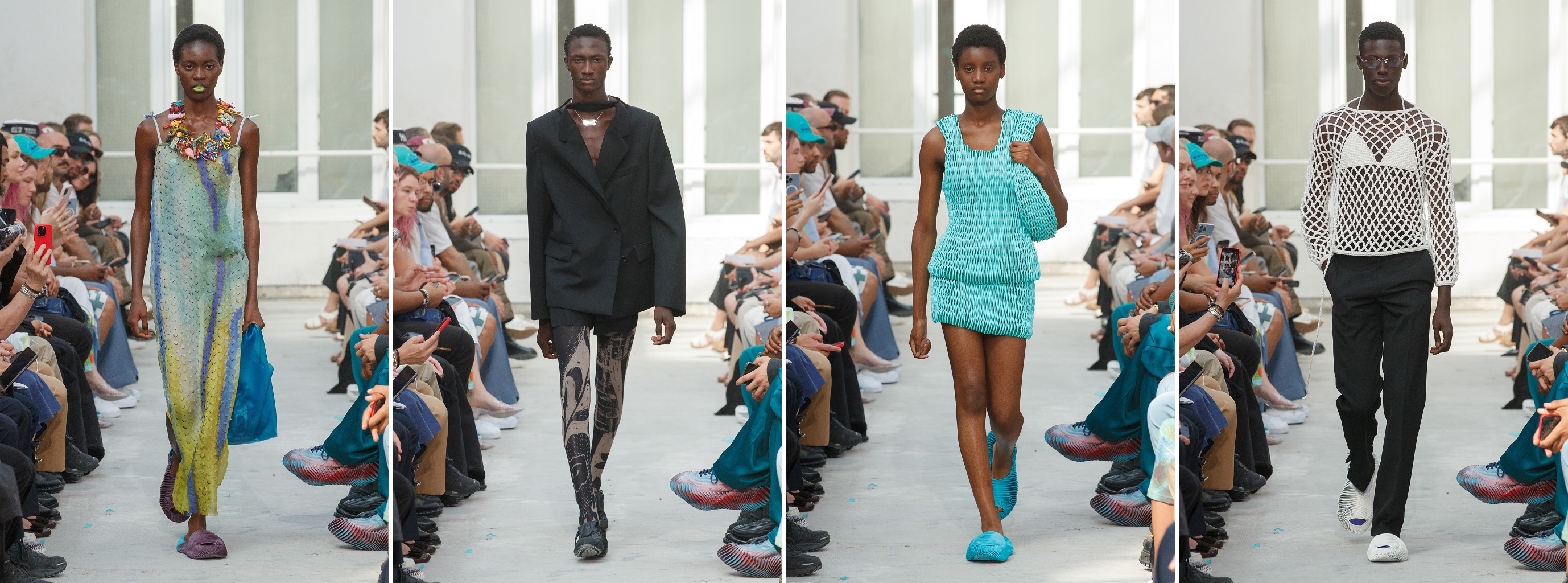
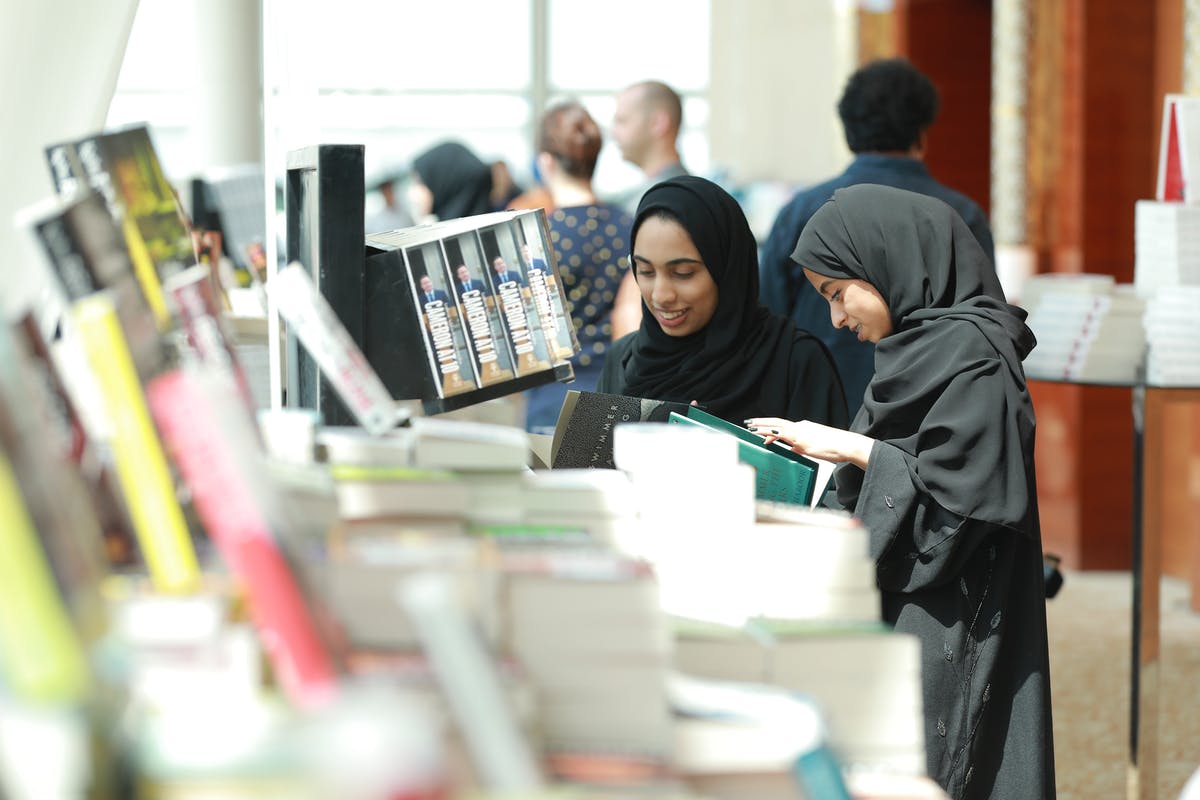
.jpeg)
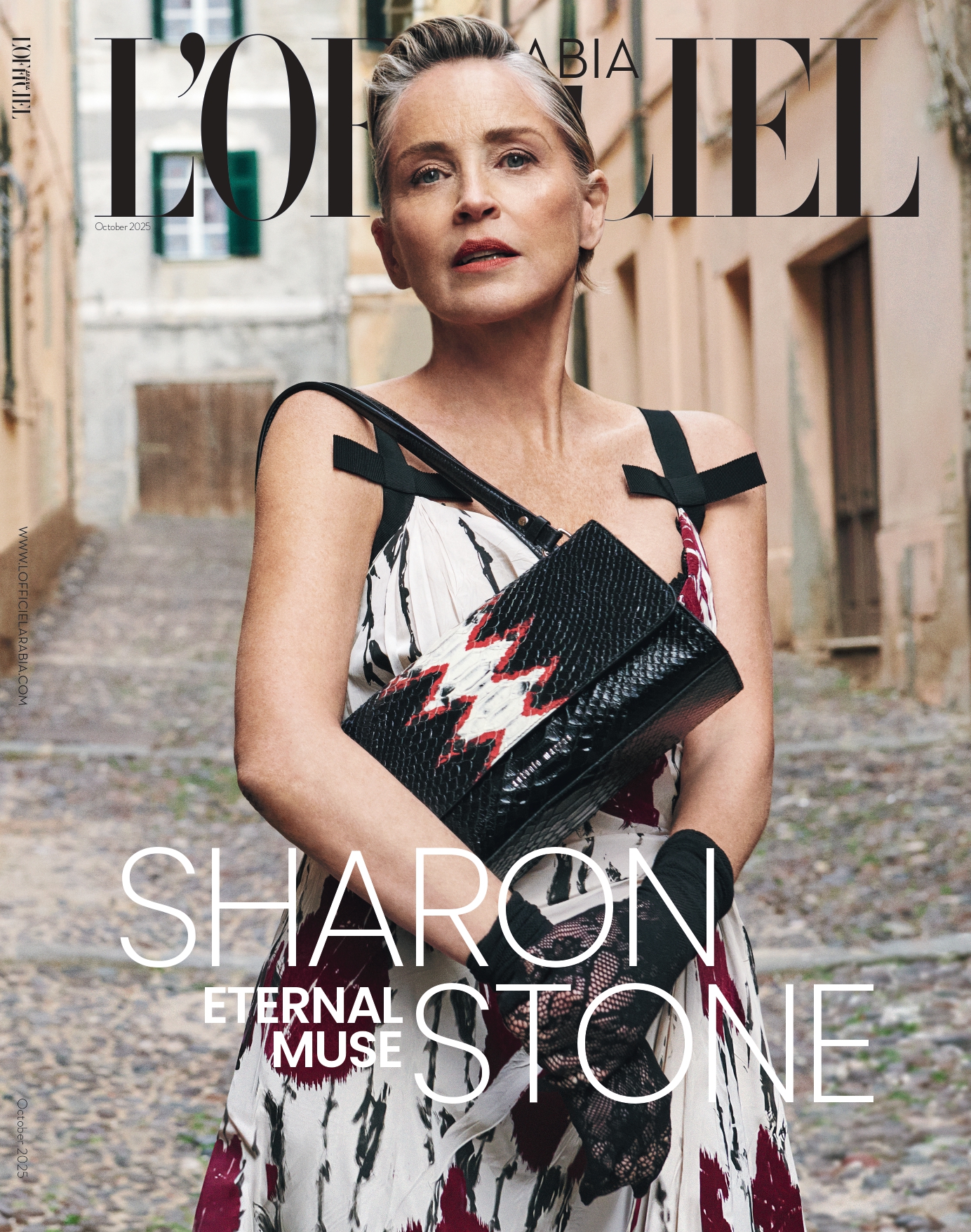
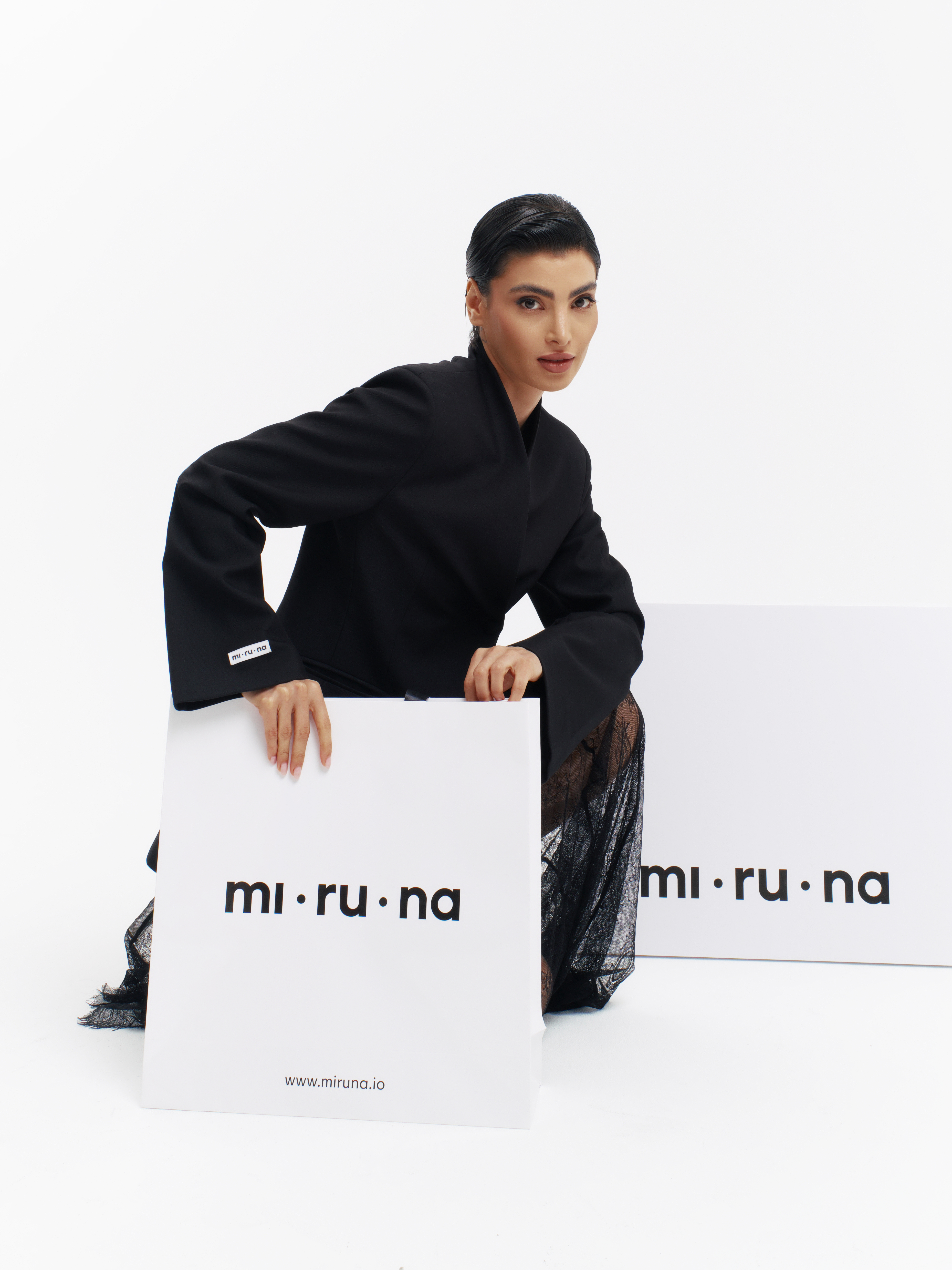
.jpg)
